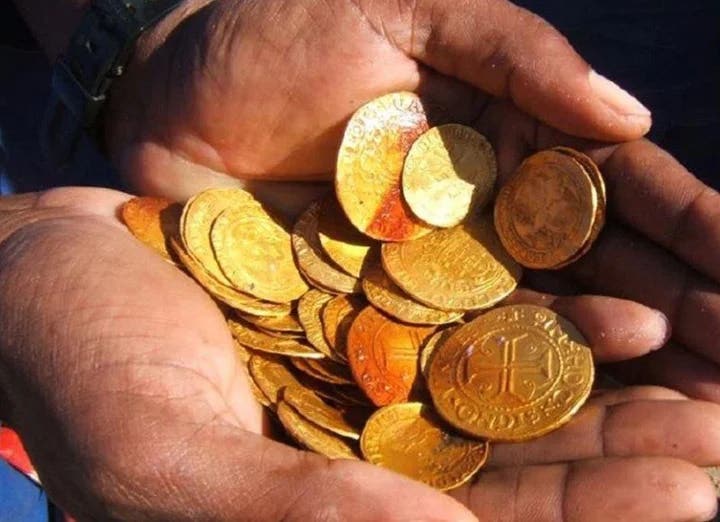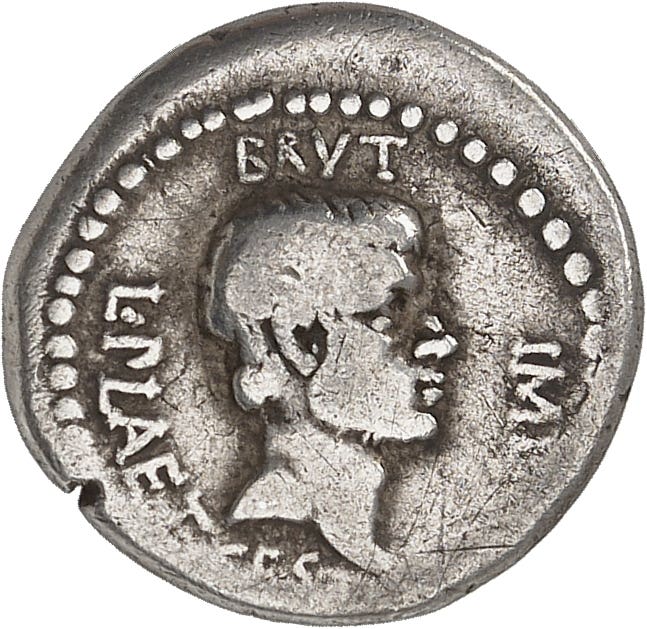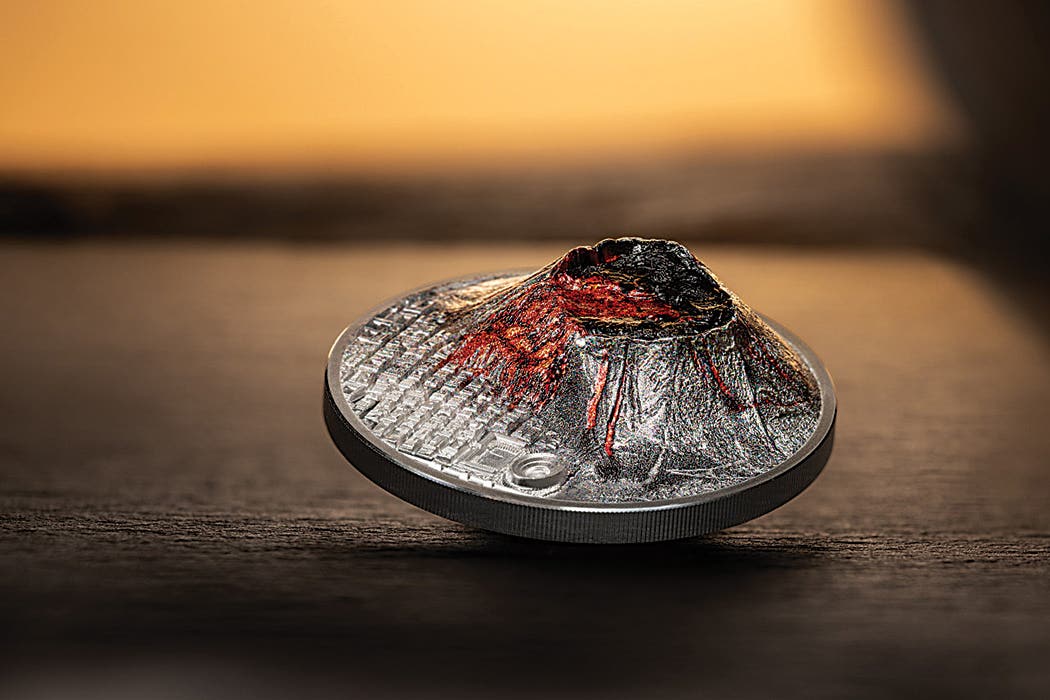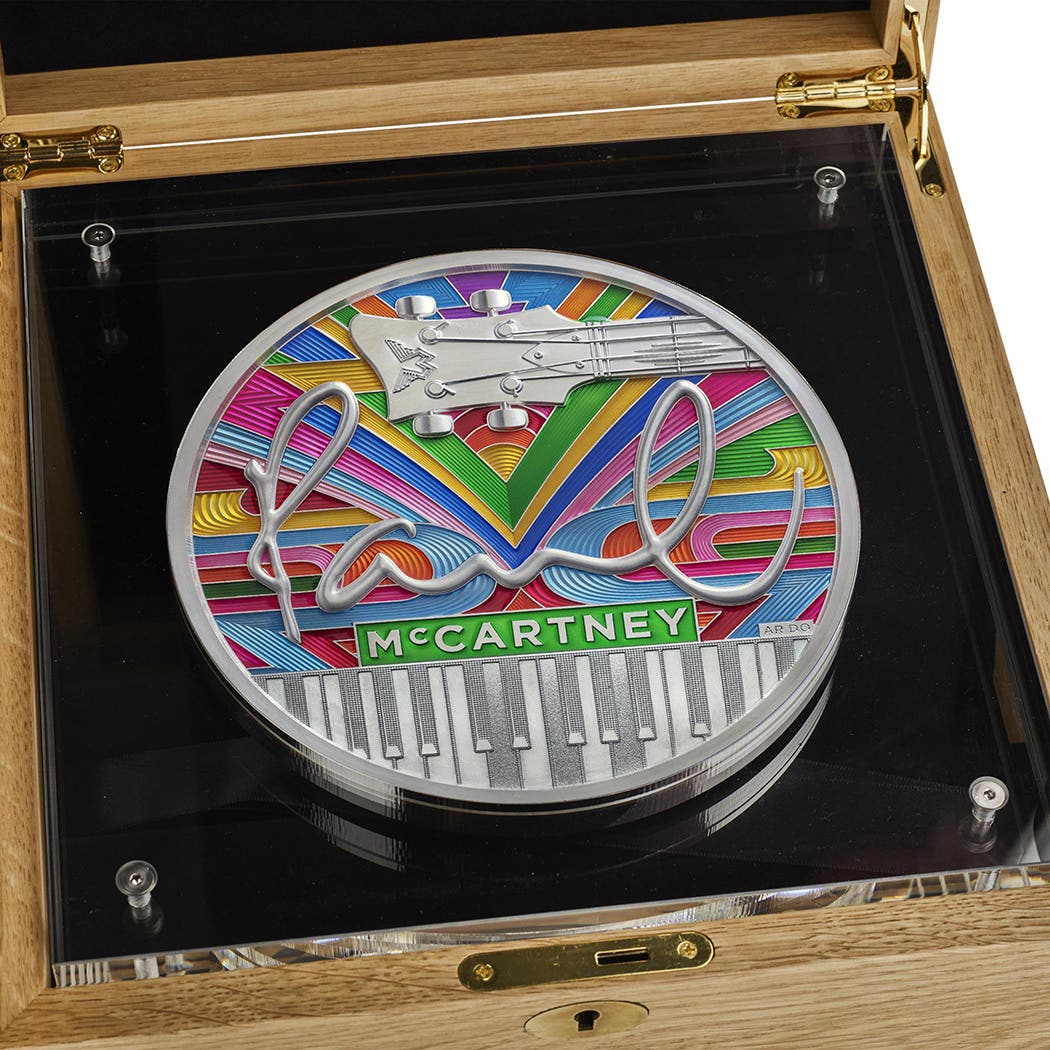British £2 could be counterfeiting target
By Richard Giedroyc It appears to be unsubstantiated speculation by the media, but could the British £2 coin be on a short list of coins counterfeiters are now considering copying?…
By Richard Giedroyc
It appears to be unsubstantiated speculation by the media, but could the British £2 coin be on a short list of coins counterfeiters are now considering copying?
Attention is being drawn to the highest denomination coin in circulation in Great Britain due to the recent seizure of €500,000 face value in counterfeit euro coins found concealed in metal pipes in the port of Naples. British tabloid newspapers raised the question just before Christmas.
A forgery investigator interviewed by the London newspaper The Times said, “Counterfeit coins are not of great interest to most jurisdictions, and certainly not on any list or priorities. Many types of counterfeit goods follow this route, China to Italy for further distribution, and it seems an entirely feasible enterprise.”
A British Royal Mint spokesman said, “A bicolor coin is much harder to counterfeit because replicating the two metal components, the inner and outer, is significantly more difficult than a single component coin. Forgers would also require a highly sophisticated press to produce bicolor coins. The coin detector mechanism of vending machines and self-service check-outs can detect the two different metal components, in addition to the conductivity, thickness, and diameter of the coin.”
Perhaps the coin is harder to counterfeit, but nonetheless it has already been tried, and it is likely someone will try again.
The British £1 coin is being redesigned right now due to the threat of the coin being counterfeited. It was made public during March 2014 that a counterfeiting ring based in the Netherlands was using what had been a legitimate privately owned mint in Amsterdam to make their own version of the British “round pound.” The European Central Mint, owned by Patrick Onel, was actually raided in November 2013. It has been estimated the counterfeiters produced about £30 million in fake £1 coins between 2006 and the time of the police raid on the facility.
This was not the first major assault on the £1. During 2009 Italian police intercepted an attempt to import about a half million counterfeits from Italy to Great Britain.
The BRM published a report during March 2014 acknowledging that about three percent of all British £1 coins in circulation are fakes. This amounts to about 45 million coins, each with an exchange rate of about $1.56 US to each pound. The £2 coin is even more attractive to counterfeiters for that reason. The report indicated about two million counterfeit coins are being removed from circulation annually in Great Britain.
The redesigned 12-sided ringed bimetal £1 coin is planned to have the qualities that currently make copying the £2 so challenging. It may be difficult to make a ringed bimetal coin, but it apparently hasn’t stopped a counterfeiting ring importing fake coins from China to Italy. In December 2014 Italian police seizurd 556,000 euros face value (about $692,000 US) in coins, 306,000 of them being ringed bimetal 1- and 2-euro coins. This seizure has also been tied to the Napoli Group, a well-known organized crime family in the Naples area of Italy.






